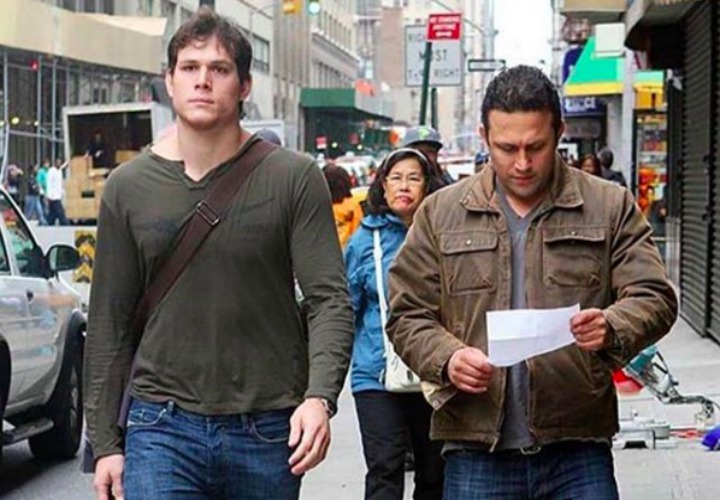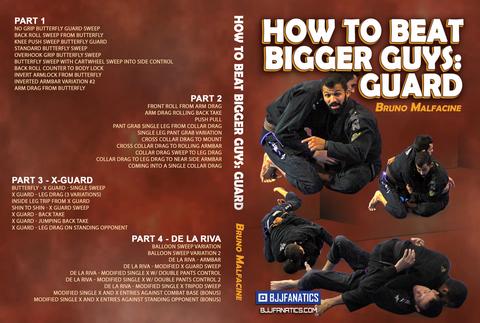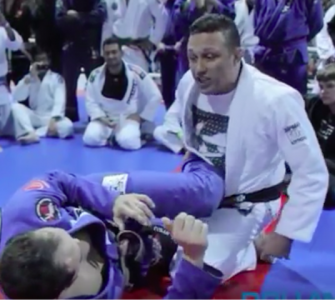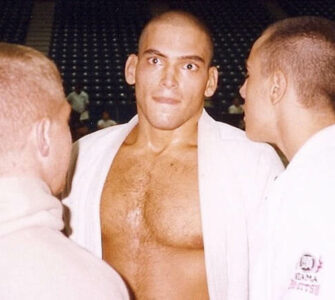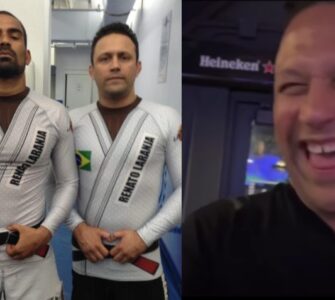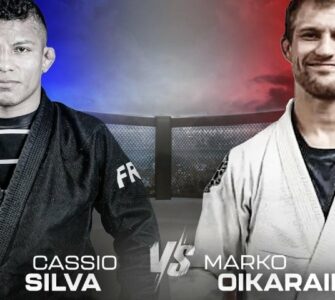When you are a BJJ practitioner, it comes in handy if you know how to tell other BJJ practitioners apart…
… for obvious reasons such as:
exchanging information about best açaí shops in town; drilling your favorite moves on the spot; and even rolling with these strangers who you’ve just met.
In some cases, it should be pretty easy to tell… for example, if you are at a BJJ competition and look around you, you can be rather certain that most of people around you practice BJJ.
Apart from these crystal-clear cases, though, it may not be that easy to tell BJJ practitioners apart, because there are some tricky cases.
I’m guessing that a lot of you would come up with “cauliflower ear” as a pretty obvious sign, but this is not obvious.
After all, Judo practitioners and rugby players often develop some nasty cauliflower ears as well. Of course, some of BJJ practitioners may have relatively unsmashed ears.
So, in reality, when you meet/see someone in a social setting and try to tell if that person is a BJJ practitioner, what you can do is to combine and consider various factors as below:
1. Does that person have a Brazil-related item with her/him?
This is a pretty tiny clue, because that person may just adore Brazil for whatever reason and/or may be Brazilian. It’s not an obvious sign, but it may help you, especially when combined with other factors.
2. Does that person wear a fight brand item?
This one is a bit more substantial than #1, but you need to be careful with this one too, because some fight brands are popular among martial arts fans who don’t practice martial arts/BJJ. Also, some brands like Bad Boy and RVCA, for example, are not exclusively popular among BJJ practitioners. But, if you see that person wearing MANTO or Scramble, the chance of that person practicing BJJ increases significantly. Make no mistake about people who wear TAP OUT items though – they probably tell you that they train UFC and that BJJ doesn’t work on them. Be nice enough, but don’t need to go near them.
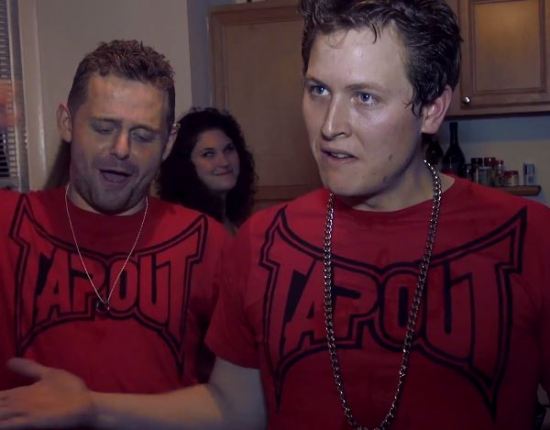
3. Do they have damaged fingers?
Again, this is not an exclusive trait of BJJ practitioners, and like cauliflower ears, not every BJJ practitioner’s fingers are worn, but it’s one of these good signs too. If you just mumble “spider guard?” to that person, he/she is most likely to respond in one way or another.
4. The “Tokuiwaza” test
Sometimes you are kind of sure the person you’re talking to does either Judo or BJJ, but which style is her/his main art. In that case, try asking them what their Tokuiwaza (or favorite technique) is. There are a few possible scenarios. If that person is a Judo practitioner, you’re most likely to hear Judo techniques in Japanese. If that person is a BJJ practitioner AND familiar with this Japanese term (this person probably follows John Danaher on social network), you’re most likely to get BJJ moves. Of course, it’s possible that they are not familiar with the term, but I bet more Judo practitioners know what that means.
5. Do they do a shaka gesture or say oss?
By now, this hand gesture and “oss” are pretty widespread among BJJ practitioners, even though they were not originally born from the BJJ culture. If you see someone doing either of these, or better, both of them along with other signs, you can be more certain that they practice BJJ.
6. Do they a thick neck and strong broad shoulders?
Years of grappling usually develops those kind of attributes…
7. Ask
I mean, come on. It depends on the context, of course, but if it’s an appropriate context to ask them if they do BJJ, just ask them if they practice martial arts. But, there’s a trap as well… if you get “Jiu Jitsu” as an answer, this presents you some different possibilities as well. If the person you’re talking with is Brazilian (and especially if you are in Brazil), they are likely to be talking about what we know as Brazilian Jiu Jitsu. After all, it’s often called Jiu Jitsu rather than Brazilian Jiu Jitsu. Another possibility is that this person practices “traditional” jiu jitsu, whatever “traditional” means. So, don’t get too excited before your that it’s Brazilian Jiu Jitsu.
Alright, by now you should have a clearer idea about whether they practice BJJ or not!
Written by Masafumi Matsumoto
Bruno Malfacine Is The Greatest BJJ Competitor Ever To Step On The Mat & For The First Time Ever – The Only 10x Weight Class Black Belt World Champion In History – Wants To Show You How He Wrecks The Big Guys .

